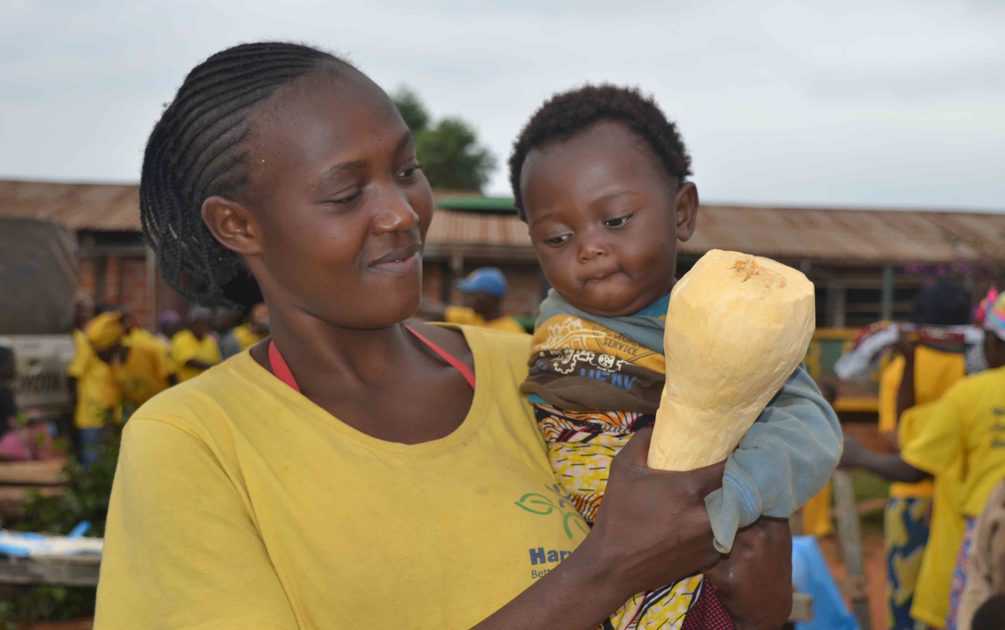Micronutrient status in the DR Congo: What to do when diet and blood measurements do and don’t align
- From
-
Published on
29.06.20
- Impact Area
-
Funders
Gates Foundation

By Kristina Michaux and Erick Boy
![]() Deficiency of one or more micronutrients, particularly iron, vitamin A, zinc, and iodine, remains an intractable global health problem. Micronutrient deficiencies occur when the quantity or quality of food is chronically insufficient to meet a person’s needs.
Deficiency of one or more micronutrients, particularly iron, vitamin A, zinc, and iodine, remains an intractable global health problem. Micronutrient deficiencies occur when the quantity or quality of food is chronically insufficient to meet a person’s needs.
For reasons of ethics and efficiency, it is critically important to be able to identify groups at high risk of deficiency and dietary inadequacies to effectively design health and nutrition programs that meet the needs of an affected population. However, the assessment of nutritional status and dietary intake patterns largely rely on national or small area surveys that commonly use proxy measures (e.g., anemia for iron deficiency, stunting for zinc deficiency, and dietary diversity scores for micronutrient intake), rather than the gold standard biochemical measures and multiple pass 24-hour dietary recall surveys.
While these proxy measures have been validated in many studies, large variations exist between and within countries and there is a need for more sensitive and specific data to accurately detect and estimate the extent of the nutritional problem in order to more effectively target interventions and correct deficiencies.
A new study in Plos One takes a closer look at the causes of micronutrient deficiencies among women and their children in the Democratic Republic of Congo (DRC) by estimating usual dietary intake of iron, vitamin A, and zinc, and evaluating their adequacy in relation to nutrient reference levels. Dietary intake was assessed using a multi-pass 24-hour dietary recall survey with repeat recalls in a random subsample collected among 744 Congolese mother and child pairs living in two provinces, South Kivu and Kongo Central. The overall aim of this survey was to inform the potential impact of a biofortification program in the DRC to improve micronutrient intake.
Photo Credit: HarvestPlus
Related news
-

A decade of academic and research partnership advances One Health in Vietnam
International Livestock Research Institute (ILRI)13.11.25-
Health
In northern Vietnam, Thai Nguyen province has become one of the most active hubs for…
Read more -
-

Positioning healthier rice varieties in Odisha for market demand and farmer income
International Rice Research Institute (IRRI)28.10.25-
Nutrition
-
Poverty reduction, livelihoods & jobs
In western Odisha, farmer groups and women’s self-help groups are taking the lead in bringing…
Read more -
-

SOILutions for Security: CGIAR at the 2025 Borlaug Dialogue
Multifunctional Landscapes Science Program22.10.25-
Biodiversity
-
Environmental health
-
Environmental health & biodiversity
-
Food security
-
Nutrition
From October 21–23, CGIAR will join global partners in Des Moines, Iowa for the 2025…
Read more -
